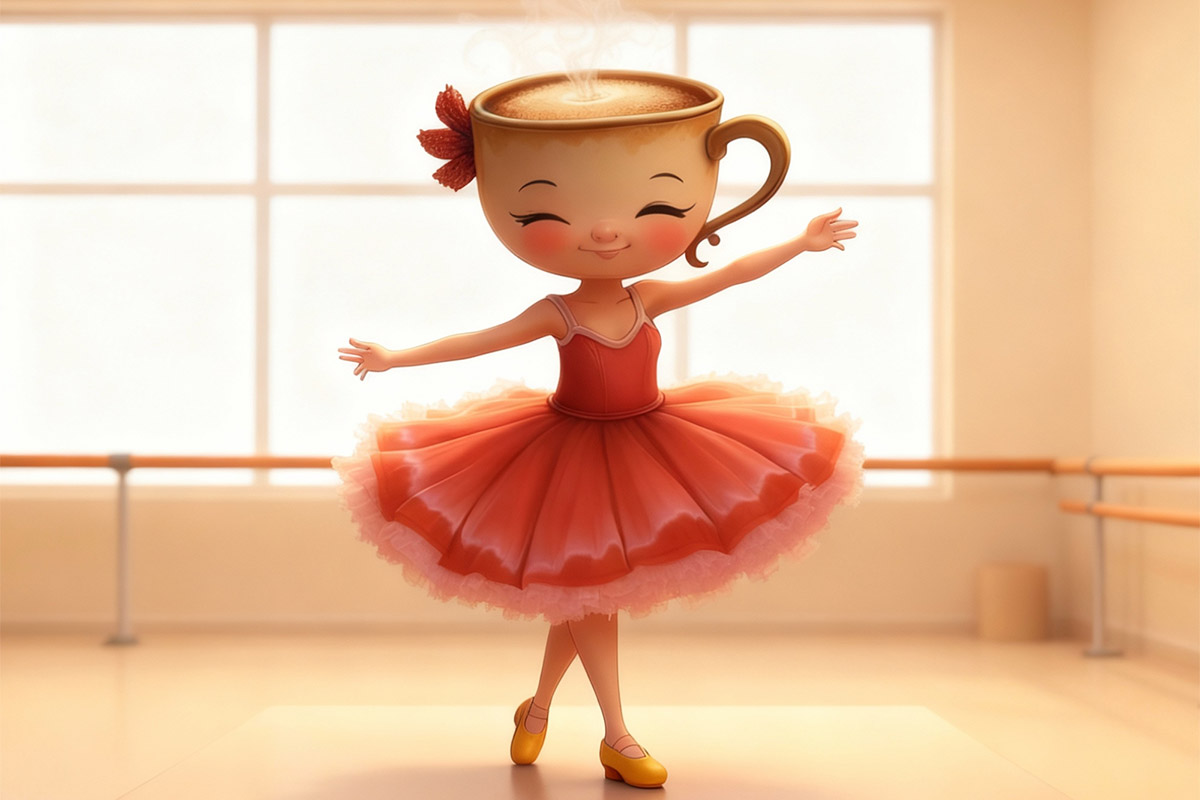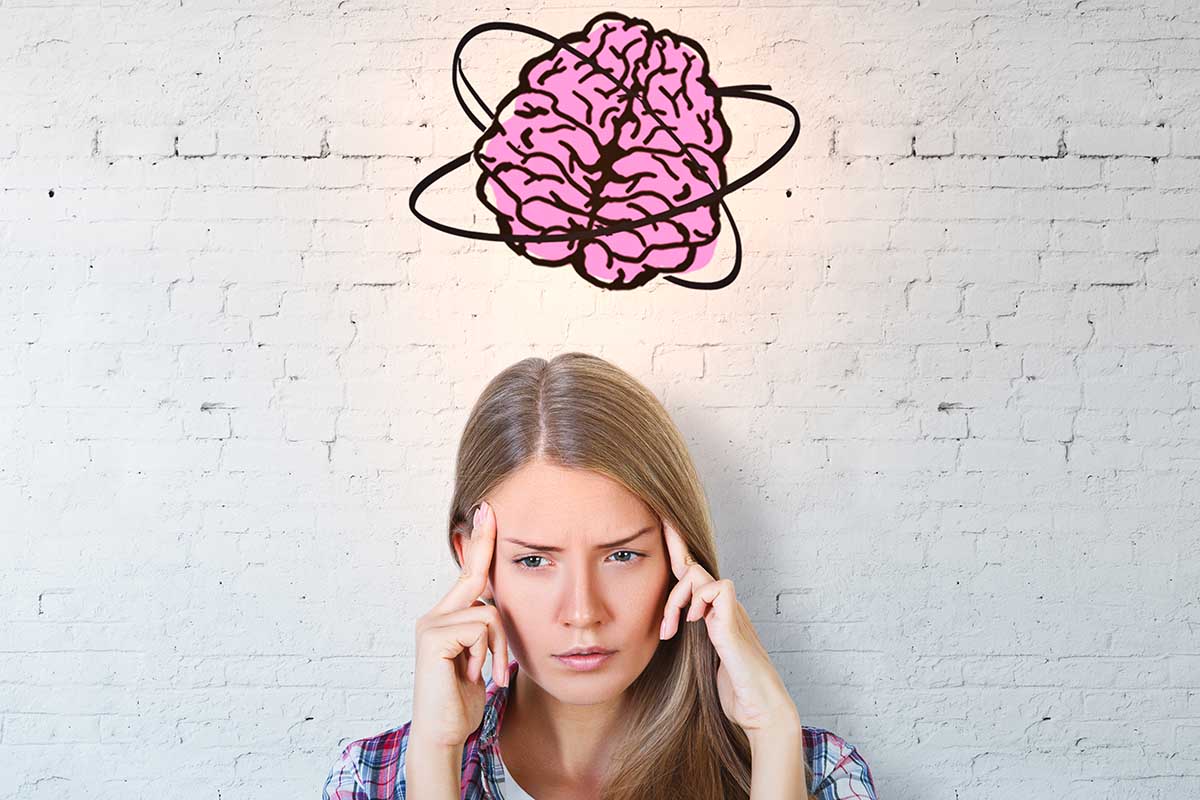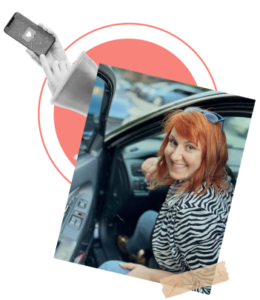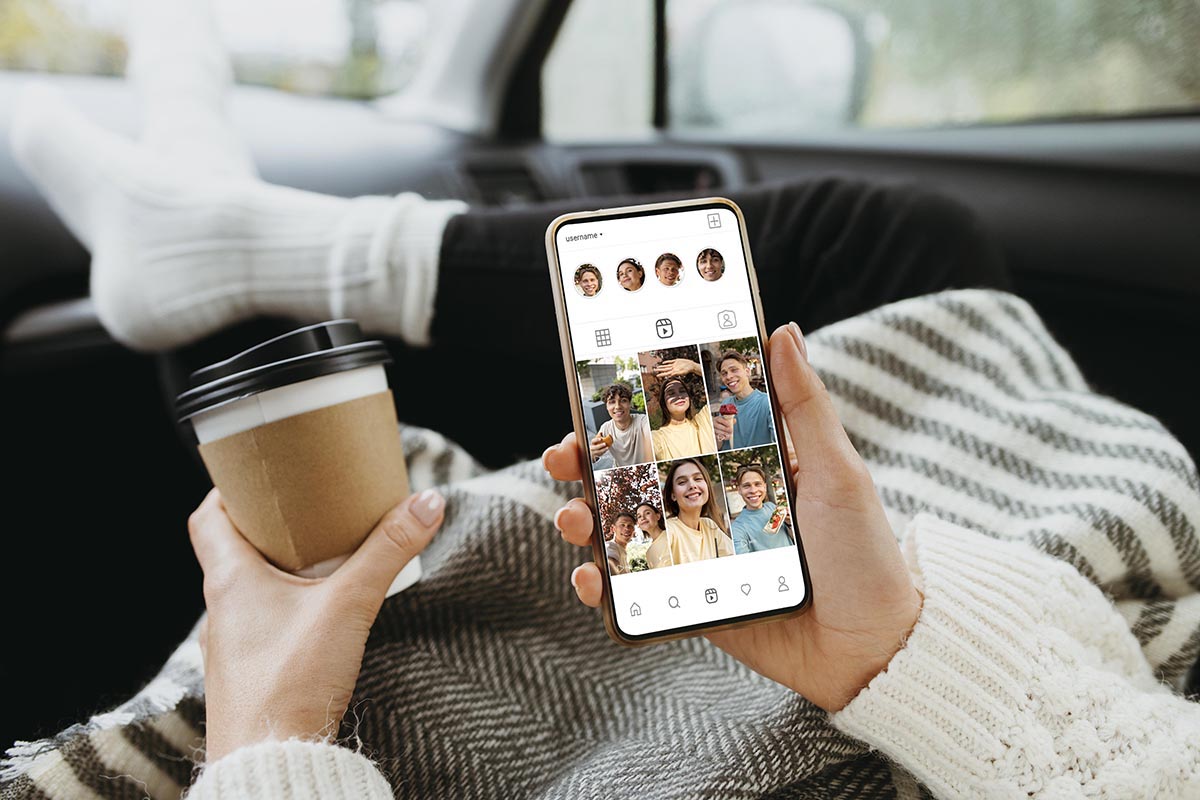Why Juxtaposition Works: Why Cognitive Dissonance Rules Modern Marketing
✨Key points
Juxtaposition marketing triggers dopamine by connecting unrelated ideas.
The brain rewards novelty — but the effect fades, fueling endless scrolling.
Lasting brands turn dopamine shocks into emotional connection and meaning.
Have you ever scrolled through your feed, stopped at something absurd — like a ballerina holding a cappuccino — and thought, why can’t I look away?
That tiny moment of confusion you just felt is your brain’s favorite game.
It’s not random.
It’s a neurochemical trick that fuels every viral trend, every shocking ad, every brand that suddenly takes over your screen.
It’s called juxtaposition marketing — and it’s built on the science of cognitive dissonance.
Your brain doesn’t crave content — it craves connection. And every time you see something that doesn’t make sense, it rewards you with dopamine.
When the Brain Says “WTF”
Our brains love patterns. They crave logic, predictability, and order.
So, when something doesn’t fit, the brain freezes for a split second.
It can’t categorize what it just saw — and that confusion triggers cognitive dissonance, or the scientific version of “wait, what?”
To fix the discomfort, the brain starts building a new connection — a synapse — between the two unrelated ideas.
And here’s the magic part: when that connection forms for the very first time, it releases dopamine, the same feel-good chemical that spikes when we eat chocolate, fall in love, or win a game.
That’s why your feed feels addictive.
Every fresh connection — every bizarre pairing — gives your brain a tiny dopamine hit.
This is the essence of juxtaposition marketing: combining unexpected ideas to trigger curiosity and reward the brain for making new connections.
The more surprising the mix, the stronger the effect.
The Juxtaposition Effect
In marketing, this principle is everywhere. Brands use it to create immediate fascination.
A YSL blush shaped like a tiny handbag.
A Gisou hair mask packaged like a honey jar.
A Benefit “razor pencil” that’s actually a concealer.
Tree Hut body butters that look like rainbow desserts.
Each of these products fuses two concepts that don’t belong together.
Beauty and food. Makeup and tools. Fashion and skincare.
The brain stares for a millisecond, confused — then rewards itself for “getting it.”
That’s the dopamine moment brands are chasing — the instant your brain connects two ideas it’s never linked before.
This is the foundation of juxtaposition marketing, where contrast becomes the hook.
By blending opposites — luxury and simplicity, cute and creepy, serious and playful — brands spark that micro-dose of surprise that keeps you watching, clicking, and remembering.
It’s not just clever design; it’s neuroscience in action. And it works.
The Science Behind the Scroll
Neuroscientists call this “novelty-reward circuitry.”
It’s how the brain evolved to pay attention to new information in order to survive.
In ancient times, novelty helped us notice danger. Today, it helps us notice… marketing.
Every time your brain encounters something unexpected — a pink coffee cup, a cat wearing pearls, a car that talks — it fires a reward signal.
But here’s the catch: the reward fades fast.
Once your brain forms that connection (“Oh, it’s a ballerina cappuccino”), the surprise disappears.
Next time you see it, there’s no dopamine hit — just recognition.
That’s why creators, brands, and audiences constantly crave new combinations. It’s not about content fatigue; it’s about dopamine habituation.
This is the psychology behind what I call “brain-wrapped scrolling.”
You’re not addicted to content itself. You’re addicted to resolution. The satisfaction of connecting dots that didn’t exist before.
Artists Have Known It Forever
Artists understood juxtaposition long before marketers did.
Surrealists like René Magritte or Mark Ryden played with this very tension — cute versus creepy, real versus dream.
They didn’t just paint; they rewired your brain.
That’s why when you look at a Magritte apple floating in front of a face, your mind pauses.
It can’t label it immediately, so it creates a new neural bridge — and you feel something.
Curiosity. Wonder. Slight discomfort.
That’s dopamine at work.
Marketing, when done well, does the same thing.
It transforms confusion into curiosity — and curiosity into emotion.
How Brands Use It Today
Juxtaposition is not just aesthetic. It’s strategic.
It’s the reason why minimalist brands suddenly go maximalist, or luxury brands launch playful collaborations with fast-food chains.
Think of:
Balenciaga x Crocs (luxury meets ugly comfort)
McDonald’s x Cactus Plant Flea Market (childhood nostalgia meets fashion irony)
Pepsi’s “Cola-flavored ketchup” (WTF meets curiosity marketing)
The formula is simple:
Unexpected pairing = brain confusion = dopamine + attention.
But the brands that truly master it are those that layer meaning on top of the shock. The juxtaposition isn’t just for clicks; it tells a story.
From Art to Algorithm
In the digital age, juxtaposition isn’t optional — it’s survival.
Every scroll is a battle for milliseconds of attention.
The algorithm rewards what stops the thumb.
And the thumb stops only when the brain says, “Wait. What am I looking at?”
That’s why “dopamine design” has become the new frontier of storytelling.
A UGC creator can hold a candle in a jar of milk and suddenly make you curious about skincare.
A video can start with chaos — then reveal calm.
A photo can blend opposites: softness and metal, silence and motion, vintage and luxury, everyday life and perfection.
That’s the quiet rebellion Gen Z is leading — choosing thrifted, vintage, imperfect, emotionally raw aesthetics in a digital world saturated with polished luxury.
These contrasts don’t just please the eye; they create cognitive dissonance.
They make the brain pause, process, and connect — and when it finally does, it rewards you with dopamine.
So Why Don’t Viral Things Last?
Because the dopamine hit is temporary.
Once the brain knows the trick, the novelty dies.
That’s why trends fade, memes disappear, and creators reinvent themselves constantly.
Fame built on novelty is fleeting — but understanding the psychology behind it gives you power.
You stop chasing the algorithm and start designing for human nature.
The best creators don’t try to stay shocking.
They evolve their juxtapositions into meaning.
Instead of “WTF,” they give the audience “Aha.”
The Future of Emotional Marketing
As brands become more human and consumers more self-aware, marketing is shifting from manipulation to connection.
The new goal isn’t to trigger dopamine — it’s to sustain resonance.
Juxtaposition is just the spark.
What matters next is what you build from it — a story, a feeling, a belief.
The next generation of marketing will still use surprise, contrast, and tension — but not to hack the brain.
To wake it up.
To remind people that beauty, irony, and curiosity can coexist in a single frame.
Final Thought
You are, in essence, a walking juxtaposition.
Soft yet ambitious. Rational yet emotional. Private yet expressive.
That’s why stories built on contrast feel so human — because we are built on contrasts.
So next time something on your feed makes you pause — whether it’s a ballerina drinking a cappuccino or a perfume ad that feels like a dream — remember:
It’s not just marketing.
It’s a small chemical reaction in your brain whispering, “connect this.”
And that’s where every great story begins.






















